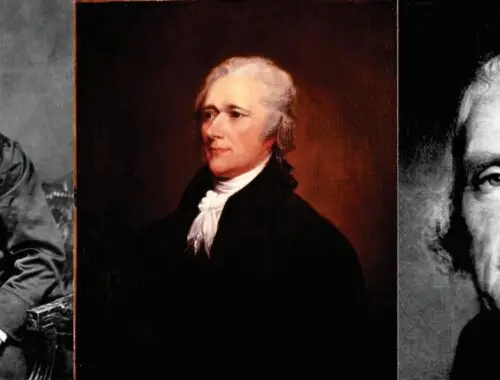Breaking down educational silos: Using serious games in education to engage in critical thinking and integrated skills in a comprehensive approach to problem solving.
“Designers and developers of instruction targeted at deeper learning and development of transferable 21st century competencies should begin with clearly delineated learning goals and a model of how learning is expected to develop, along with assessments to measure student progress…
Capitalism Sows the Seeds of its Own Destruction?
Karl Marx, as opposed to Joseph Stalin, was not, I suspect, a bad guy. Marxism is essentially a utopian ideology. But utopian societies rarely work, as they often fail to take human nature into account. As a utopian, Marx saw…
Educating Citizens versus Sheep, Part 4: Education Framework
“Those who do not remember the past are condemned to repeat it.” George Santayana I developed this framework during Part 1, Part 2, and Part 3 of this series and work I did earlier on serious games. If government funds…
Educating Citizens versus Sheep, Part 3
Part 2 of this series looked at a preliminary assessment of the Department of Education (ED). Table 1 shows the mission and preliminary assessment of key tasks below. Nearly half of the key tasks related to ED programs. Yet there…
Educating Citizens versus Sheep, Part 2
“What is the purpose of education? This question agitates scholars, teachers, statesmen, every group, in fact, of thoughtful men and women,” Eleanor Roosevelt wrote in the 1930 article, “Good Citizenship: The Purpose of Education,” in Pictorial Review. Part 1 asked,…
Educating Sheep Versus Citizens: Part 1
This blog series will develop a conceptual framework to assess how effectively schools prepare graduates for their responsibilities as citizens in a free republic. This first part will look at an overall framework that compares educating sheep versus educating…
- AI/ML, Artificial Intelligence, Citzen Resiliency, Critical Thinking, Education, Federalism, Machine Learning
Artificial Language/Machine Learning and Society
There are at least three aspects of Artificial Intelligence/Machine Learning (AI/ML) that we need to consider from a policy perspective. Of these, jobs have the potential to upset social stability the most, especially with the significant mass immigration of low-skilled/non-skilled…
The Constitution and the Soldier
Every member of the US Armed Forces takes an oath to support and defend the Constitution of the United States against all enemies, foreign and domestic. But as the Annenberg survey (Annenberg 2024, Annenberg 2023 ) reports, many Americans have…
Surveys, Polls, Cognitive Bias and Election Results
(Source: https://www.nytimes.com/interactive/2024/us/elections/polls-president.html) One common thread in the stories of the 2024 election is that Trump came from behind to win the election. But what if that is not the true story? What if the polling data was flawed? How…
- Artificial Intelligence, Cognitive, Critical Thinking, Decision-making, Machine Learning, Relevant range
Insanity and Relevant Range: Implications for ML and AI
Insanity and Relevant Range: Implications for ML and AI Einstein once said the definition of insanity is doing the same thing over and over again, expecting different results. On the surface, this makes sense. But perhaps it is like the…










